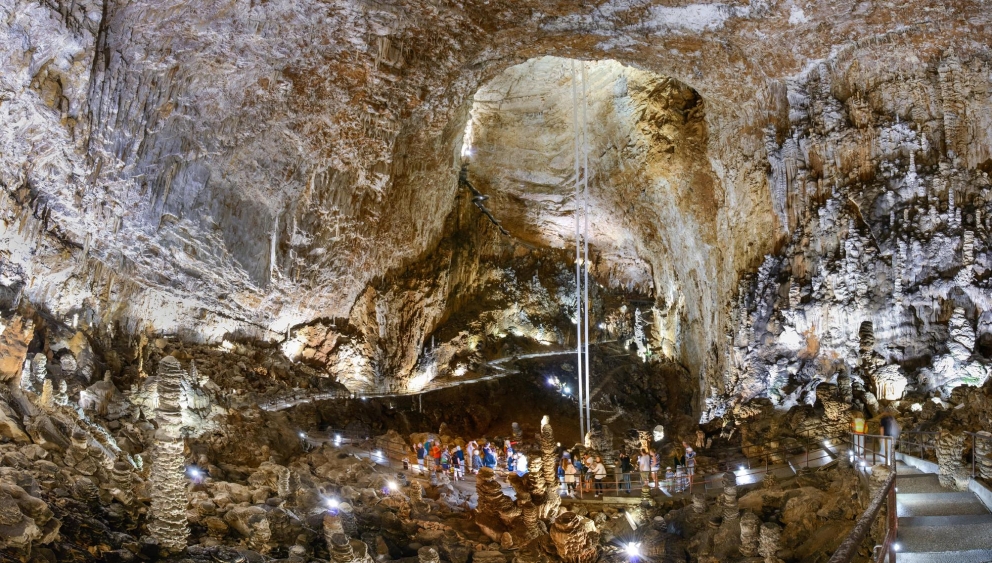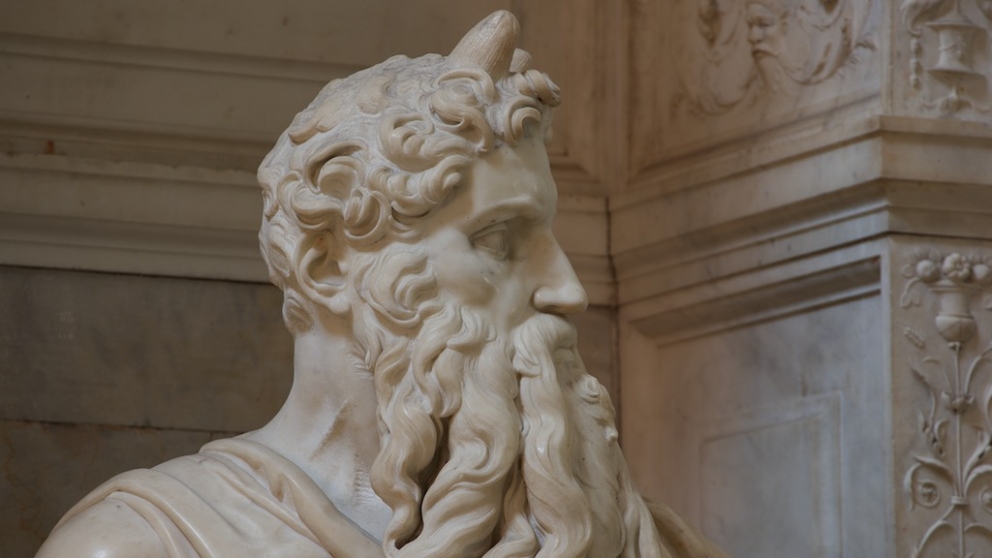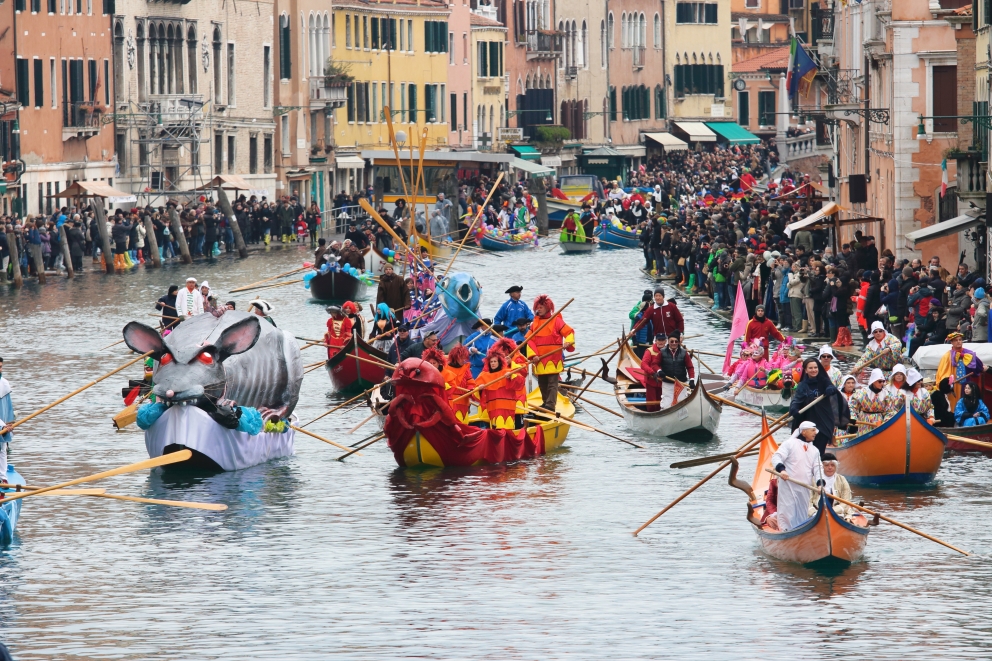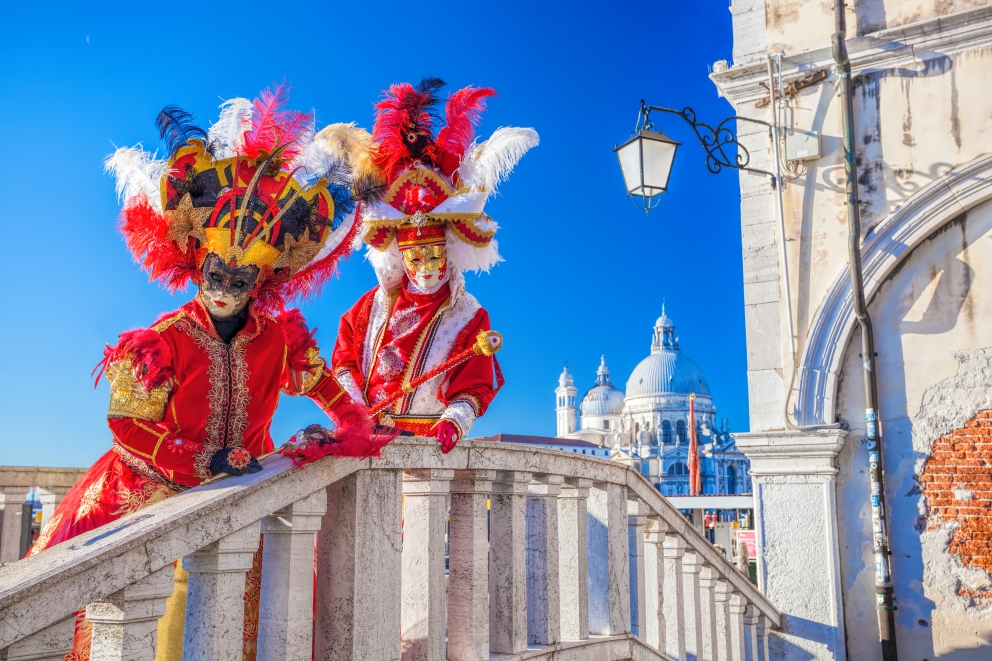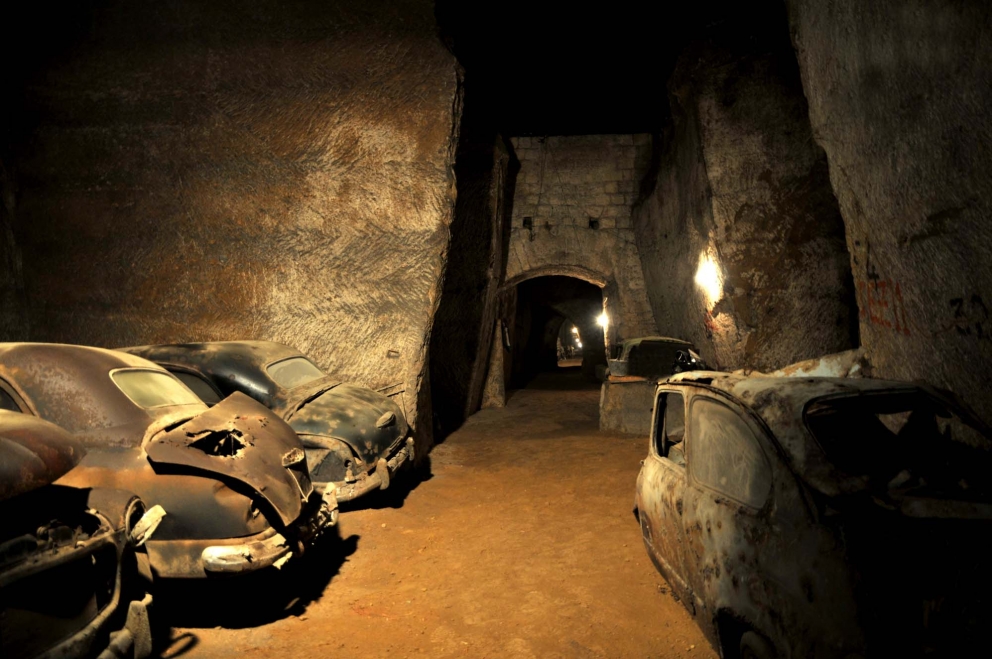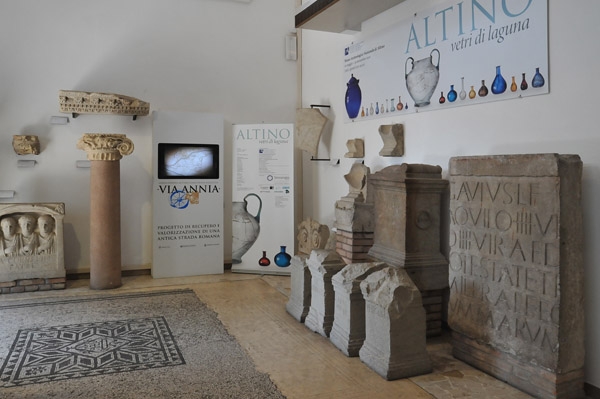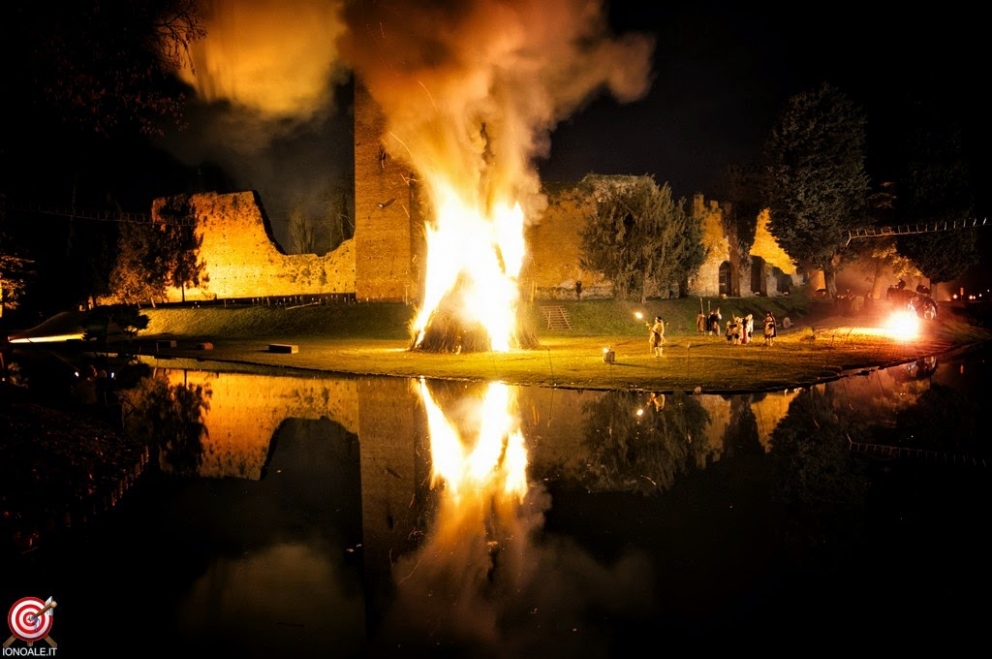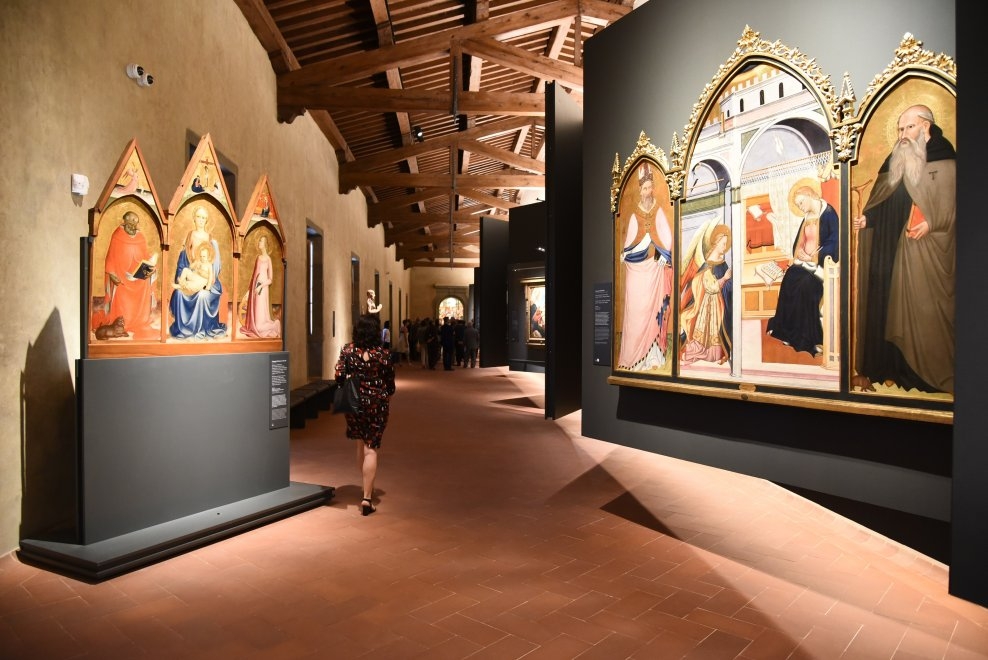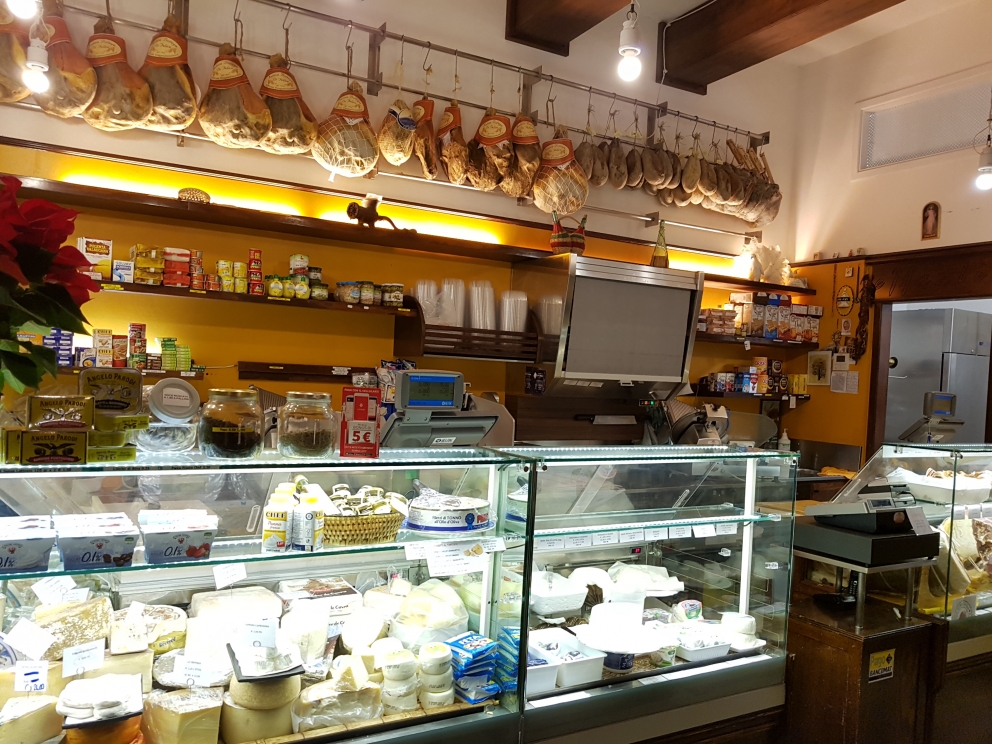Grotta Gigante di Sgonico
When you visit it, you can see the bigger natural room of a grotto, someone told that it can contain the entire St. Peter's Basilica!
This huge grotto (about 328 feet height, 557 lenght, 262 width) was discovered at the end of XIX age from Anton Federico Lindner.
It is magnificent not just for the room dimensions, but also for the size of its calcareous formation like Colonna Ruggero, its bigger stalagmite, 40 feet tall.
You can visit it all the year in Carso Triestino, North Italy.

